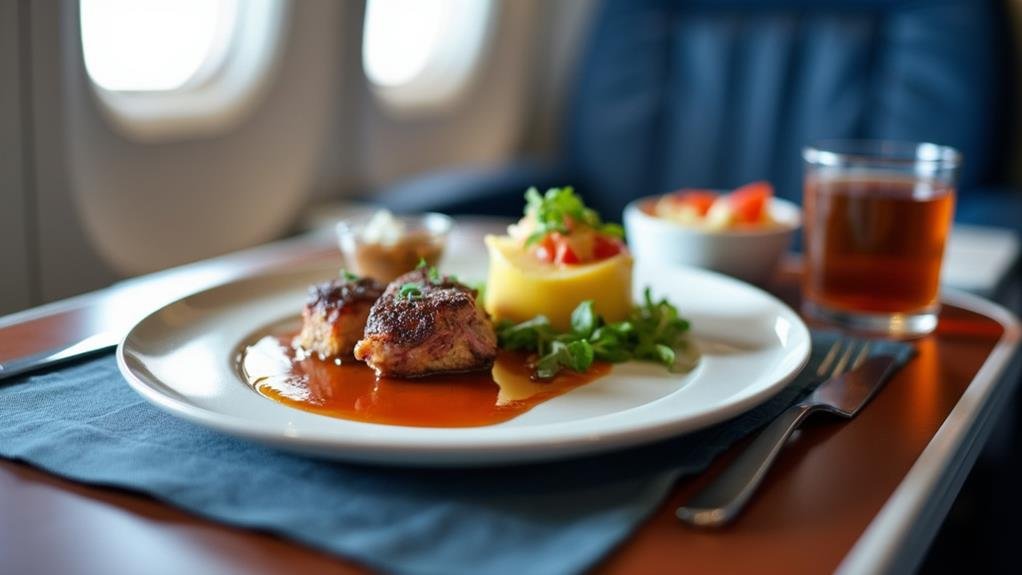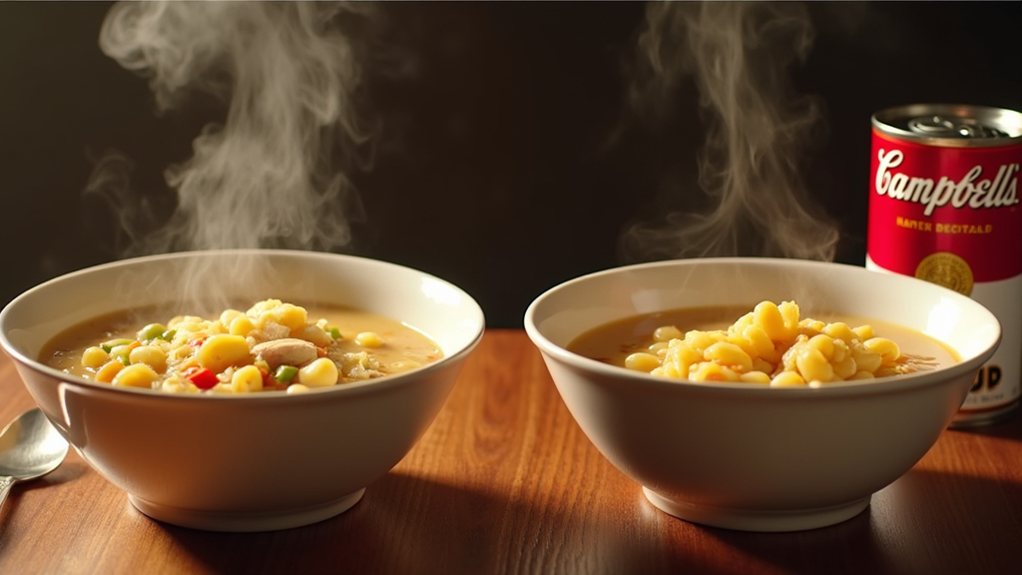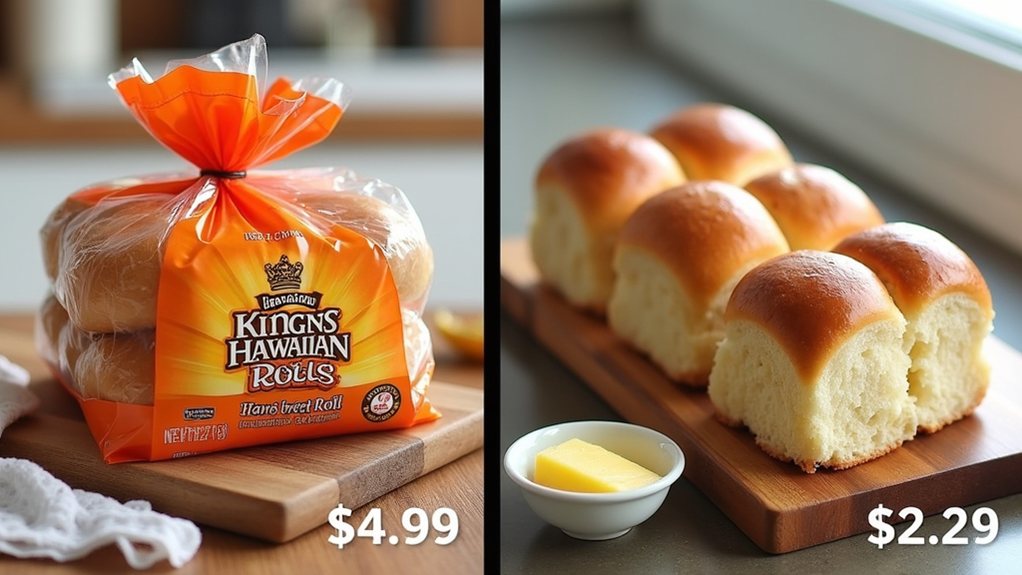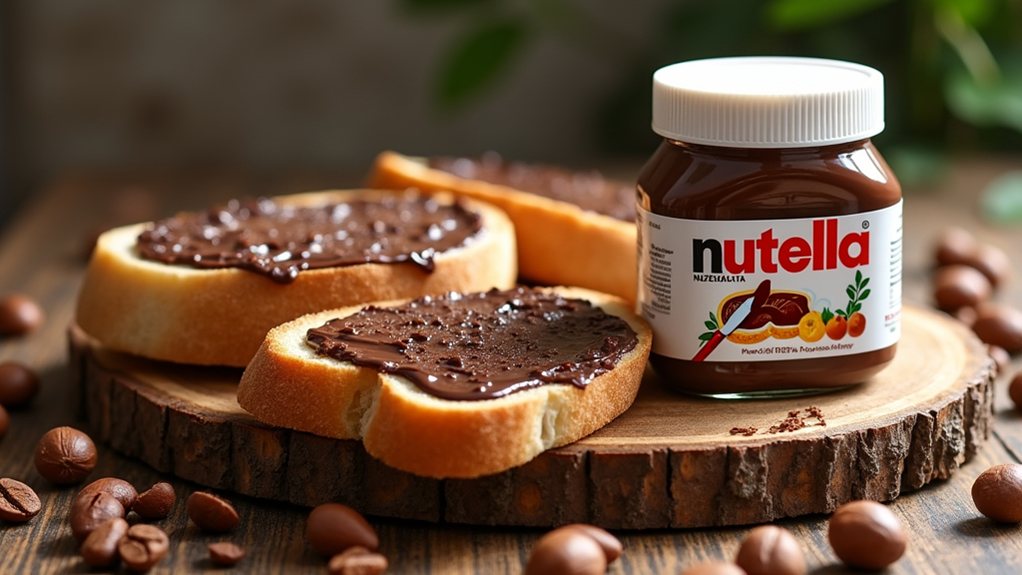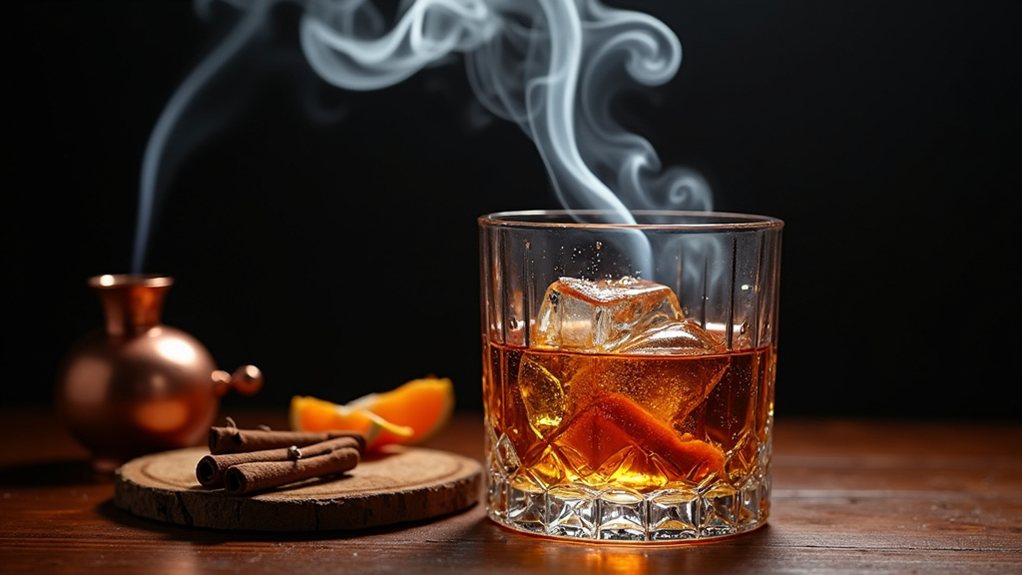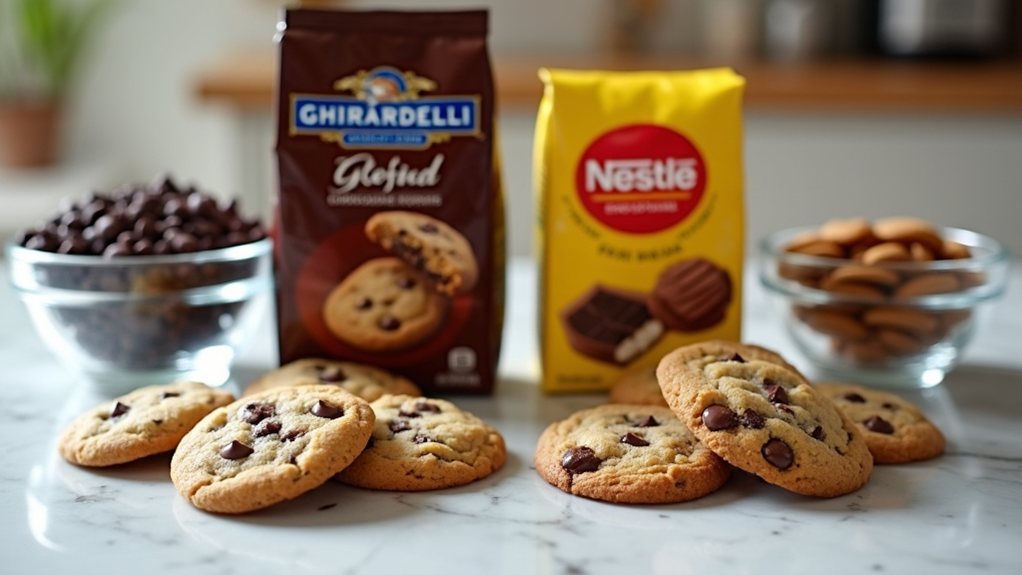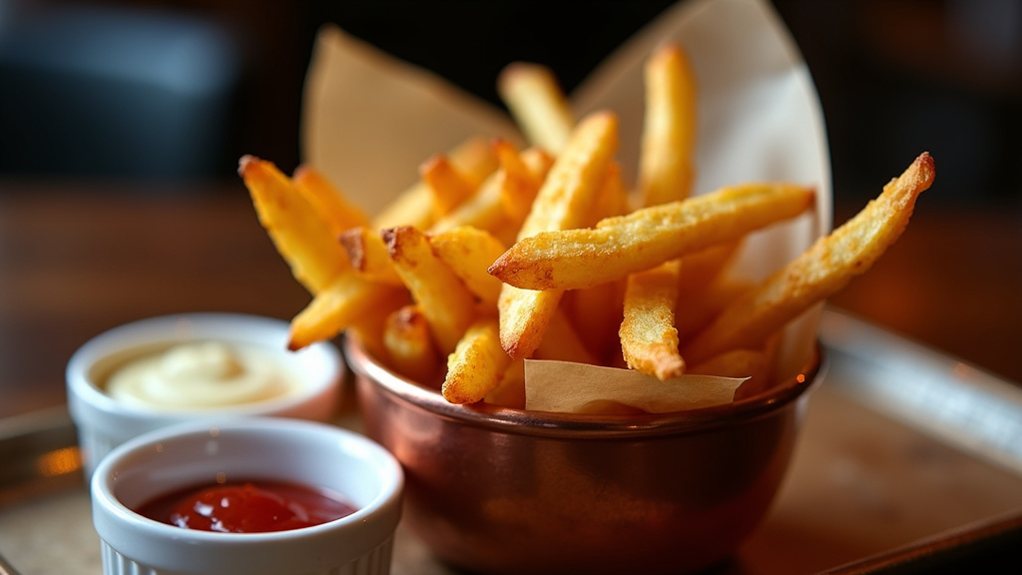Wagyu and Kobe beef, though both distinguished for their quality, are defined by distinct characteristics. Kobe beef derives exclusively from the Tajima strain of Japanese Black cattle, adhering to rigorous production standards, including a minimum marbling score of six. In contrast, Wagyu encompasses diverse Japanese cattle breeds, presenting a wider flavor range and adaptability in breeding, particularly in crossbreeding in the U.S. While Kobe's exquisite marbling and buttery flavor set it apart as a luxury item, not all Wagyu meets such high standards. Understanding these differences is key to appreciating the unique qualities of each. More insights await on their culinary uses and pricing nuances.
Understanding Kobe Beef
Wagyu beef is often seen as a premium steak, but Kobe beef is a distinct and rare type within the Wagyu category. Kobe beef is sourced only from young cows of the Japanese Black breed known as Tajima. This lineage is closely monitored, with strict regulations ensuring that only specific bulls with verifiable ancestry can produce Kobe beef, enhancing its prestige in gourmet cuisine.
The distinction between Wagyu and Kobe beef is significant. All Kobe beef falls under the Wagyu umbrella, but not every Wagyu qualifies as Kobe. Kobe beef is prized for its remarkable marbling, which imparts a rich, buttery flavor and unique texture, distinguishing it as an elite meat choice. It must also adhere to rigorous marbling standards, attaining a minimum score of six on the Japanese Beef Marbling Score scale.
Due to its scarcity and the careful breeding practices involved, Kobe beef typically commands a higher price than other Wagyu varieties. Recognizing these differences is essential for anyone delving into the intricacies of high-quality meats, especially when comparing Wagyu and Kobe beef.
Exploring Wagyu Beef
Wagyu beef includes premium meats from various Japanese cattle breeds. The phrase "Wagyu" means "Japanese cow" and consists of different types, such as Japanese Black, Japanese Brown, and Japanese Shorthorn. Japanese Black stands out, known for its incredible marbling and tenderness.
Wagyu beef features rich fatty striations that create a luxurious mouthfeel and deep flavor. Each breed contributes unique taste profiles; for instance, Ohmi and Matsusaka Wagyu offer different textures and flavors that satisfy gourmet enthusiasts.
In addition to traditional Japanese varieties, American Wagyu has become popular. This variant often involves crossbreeding with American cattle, resulting in a hybrid that preserves some rich characteristics while being more readily available. The expanding market for Wagyu has led to a greater appreciation for its culinary flexibility, encouraging chefs to experiment with various cooking methods.
This diverse selection of Wagyu beef encourages exploration and enjoyment, solidifying its reputation as a sought-after delicacy in fine dining.
Cooking and Enjoying

When preparing and enjoying Wagyu and Kobe beef, the emphasis should be on maintaining the unique flavors and textures that make these meats stand out. Both varieties provide a lavish dining experience, but proper preparation is essential to showcase their characteristics.
To ensure an unforgettable meal, consider these recommendations:
- Optimal Temperature: For Kobe beef, target a medium-rare doneness to preserve its rich buttery taste and delicate texture. A quick sear over high heat is ideal, enhancing the meat's natural marbling.
- Minimal Seasoning: Use simple seasonings like fleur de sel and freshly cracked black pepper to allow the inherent flavors to shine. Kobe beef excels with minimal seasoning, allowing its quality to be the main attraction.
- Diverse Cooking Techniques: Experiment with various cooking methods, such as Shabu-shabu or yakiniku grilling. Each technique reveals different flavor profiles, offering a delightful opportunity to appreciate the meat's unique qualities.
Mislabeling and Pricing Issues
The rise in demand for premium beef has led to an increase in mislabeling and pricing issues, especially with Kobe and Wagyu varieties. Consumers desire the distinct characteristics linked to these high-quality meats, but this desire increases the likelihood of encountering falsely represented products. Chain steakhouses and dining establishments sometimes label regular beef cuts as Kobe, exploiting its prestigious image while failing to provide an authentic experience.
True Kobe beef originates from a specific lineage of Japanese Black cattle and follows rigorous quality standards, making it both rare and costly. On the other hand, Wagyu includes various cattle breeds, even those raised in the United States. This difference creates confusion, as some restaurants may charge inflated prices for ordinary Wagyu, misrepresenting it as Kobe to justify their higher costs.
Patrons should remain vigilant and confirm the authenticity of the beef they select. Genuine Kobe beef is rarely available in local supermarkets, complicating matters further. By recognizing these mislabeling and pricing challenges, consumers can make educated decisions and truly appreciate the worth of premium beef offerings.
Flavor and Marbling Comparison

The difference between Wagyu and Kobe beef lies in flavor and marbling. Both beef types are famous for rich textures and flavors, yet they have distinct characteristics.
- Flavor Profile: Kobe beef is known for its buttery taste and exceptional mouthfeel, often described as melt-in-your-mouth. Wagyu beef offers a wider flavor range, influenced by various breeds, resulting in subtle taste variations.
- Marbling Index: Kobe beef must achieve at least a score of six on the Japanese Beef Marbling Score system, ensuring excellent fat distribution. Other Wagyu varieties, like Ohmi and Matsusaka, also display rich marbling but may not meet the same stringent standards.
- Texture and Tenderness: Both Kobe and Wagyu beef feature fatty striations throughout the cut; however, Kobe's marbling is more pronounced, enhancing its tenderness and juiciness.
Ultimately, while both Wagyu and Kobe beef provide exceptional dining experiences, Kobe's specific regulations and quality elevate it to a prestigious status among meat connoisseurs.

